Brandy is the umbrella term for alcoholic drinks produced by distilling wine or the fermented juice of other fruits - peaches, cherries, pears and others. This leads to the production of a myriad of fruit brandies, while the corresponding fruits need to be distilled during the manufacturing process. If the fruits are soaked in grape spirits and are then sweetened, they cannot be classified as brandy but rather as liqueurs. As a rule, a brandy must contain 36-60% ABV.
History of Brandy
Concentrated alcoholic beverages have been made since antiquity and were popular in Ancient Greece, Ancient Rome and China. Brandy as we know it today was contrived in the 12th century in the region of Armagnac, France, while it gained popularity and began to be used widely in the 14th century. The wine distillate was first described by the papal physician Arnaldus de Villa Nova in 1285.
In the early days, wine distillation was a way to store it and make it easier for transportation. To the brandy they added water, extracted through the process of distillation. Eventually it became evident that after being stored in wooden barrels the drink turned out better than the wine it was made from.
Types of Brandy
There are 3 main types of brandy, each one subdivided into several varieties. When there are no other specifications given, brandy refers only to wine brandy that is the result of the distillation of grape wine. The 3 types are wine brandy, pomace brandy and fruit brandy.
1. Wine brandy - results from the distillation of fermented grape juice. There are several better known varieties of wine brandy.
- Cognac - produced in the region of Cognac, France. It is made through double distillation. According to European legislation, the label "cognac" can only be used for brandy produced in the region of Cognac.
- Armagnac - produced in the region of Armagnac, southwestern France. It is the result of prolonged single distillation in copper distillers, after which it ages in wooden barrels from the provinces of Gascony and Limousin. Armagnac was the first distilled spirit drink in France.
It ages between 12-20 years, sometimes even up to 30. Use of the name is subject to the same rules - Armagnac is used only for brandy produced in the region of Armagnac.
- Brandy de Jerez - the region of production is Jerez, South Spain. This is one of the most popular alcoholic beverages in Spain.
- Greek Brandy - the most famous Greek brandy is Metaxa; it's been made since 1888.
Other varieties are Armenian cognac, Moldovan brandy, American brandy.
2. Pomace brandy - as is evident from the name, it is made from grape pomace left over after the juice is released. Italian Grappa and Balkan Rakia belong to this type.
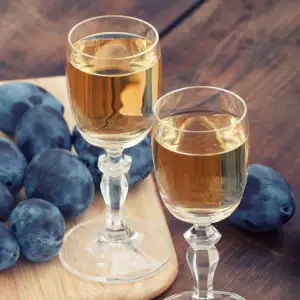
3. Fruit brandy - produced from the distillation of other fruits, such as plums, peaches, apples, apricots, cherries, sour cherries, raspberries and others. Usually they are clear and are drunk chilled. There are a number of better known varieties of fruit brandy.
- Slivovitsa - this is a plum brandy generally made in Serbia and the other Balkan countries.
- Calvados - an apple brandy produced in the French region of Lower Normandy.
- Borovička - this is a Slovak brandy from juniper fruits.
- Kirschwasser - a sour cherry brandy produced in France and Germany.
- Framboise - a French brandy from raspberries.
Besides based on the raw material of production, a brandy can also be classified based on the method of aging. According to this system, a brandy can be classified into 1 of 3 main groups.
No aging - fruit brandies and most pomace brandies are not aged after the distillation process, the result being a transparent, colorless liquid.
Barrel aging - brandies with a brownish or golden color are aged in barrels for a set period of time, resulting in them gaining a very characteristic taste, aroma and softness.
Solera process - some brandies are aged via the so-called solera process. Usually, Spanish brandies are aged this way.
Serving Brandy

It is generally accepted for brandy to be drunk during the colder months of the year because it has the wonderful ability to warm not only the body but the soul as well. Etiquette states that a good brandy goes excellently with chocolate, coffee and cigar. Brandy is served about an hour before dinner as an aperitif or after dessert.
The appropriate glass is bulging, with the diameter at the rim drastically smaller than that at the base of the glass. This is no accident - the goal is for the strong aroma to become concentrated toward the top and pleasantly dazzle the senses.
The classic brandy glass has a short stem, which is also no accident - when holding the glass with your hand, the stem needs to rest between your index finger and middle finger, thus cupping the bottom of the glass with the palm of your hand.
This is done to warm the drink, thanks to which its aroma is released more actively and the taste is exceptionally soft and warming. It is not accepted to drink brandy with ice, even though there have been cases where people have confused their brandy with liqueur.
Chocolate, coffee and a cigar make the best company for a brandy but there are different combinations in the different countries. In Germany they serve it with salty biscuits, in Greece with strips of carrots in lemon juice. In some countries they serve it with nuts - characteristic for whiskey but not brandy. It is not customary to drink brandy with salads and bites. Drink it in small sips in order to have it go down the esophagus slowly, touching upon each and every sense.
Brandy Alexander
The Brandy Alexander Cocktail is undoubtedly in the top 20 list of the most famous cocktails in the world. It was created in the beginning of the last century and is among the best cocktails with a creamy texture.
It is not completely certain who the cocktail was named after but according to one of the theories it was after the Russian Czar Alexander II. The required products for a Brandy Alexander are: 2 tbsp brandy, 1/5 cup liquid cream, 2 tbsp chocolate liqueur and nutmeg for decoration.
Preparation: Prepare a cooled martini glass. Fill a shaker with ice and pour in the above listed products excluding the nutmeg. Mix well and strain into the cooled glass. Sprinkle with freshly grated nutmeg and serve.
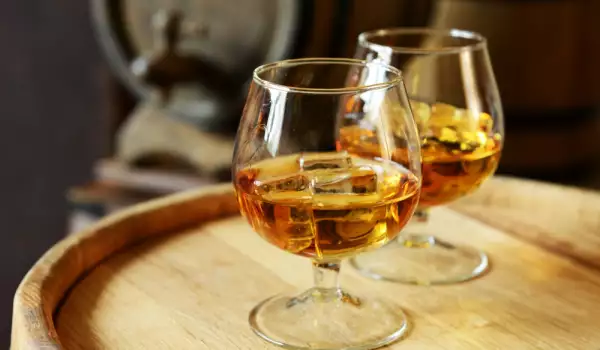
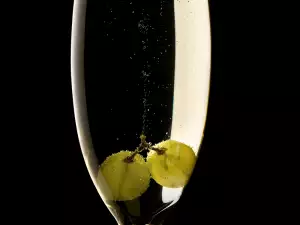
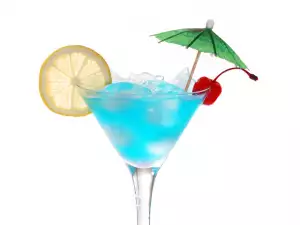




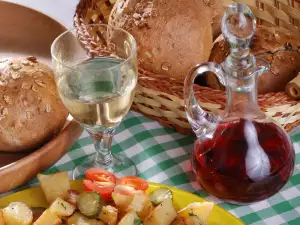
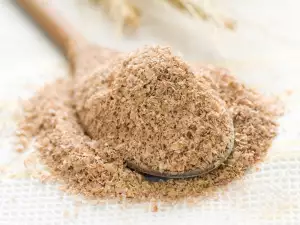

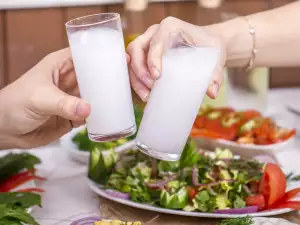

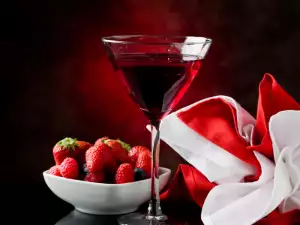
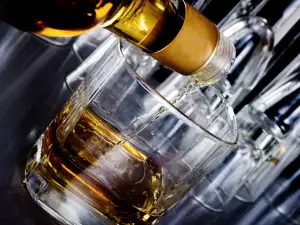
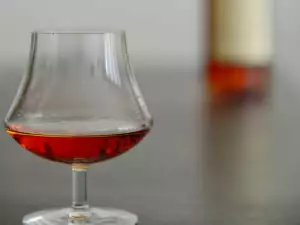




Comments